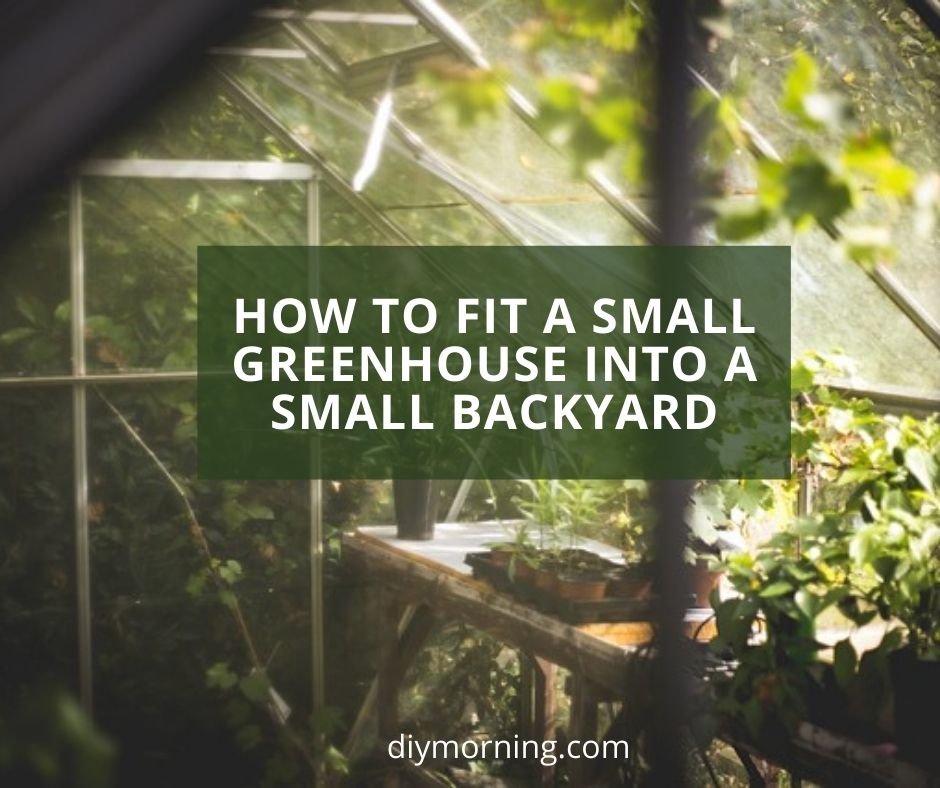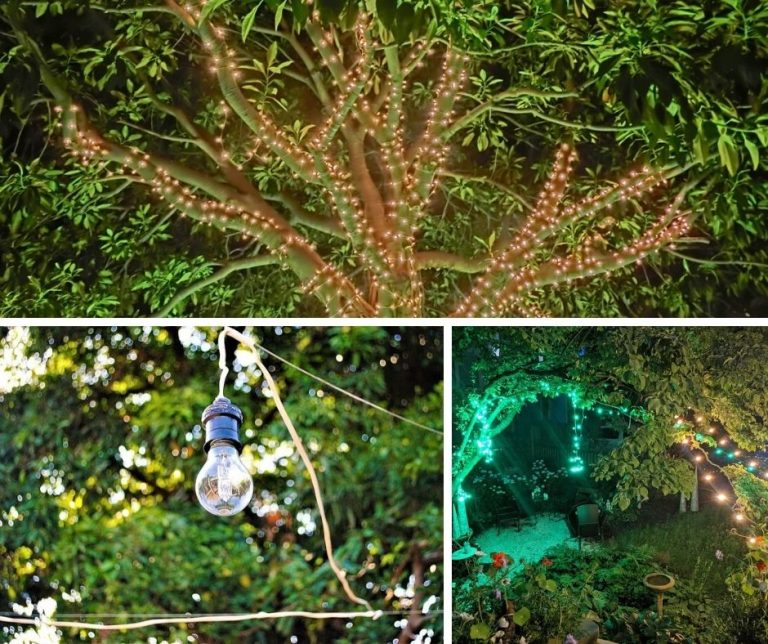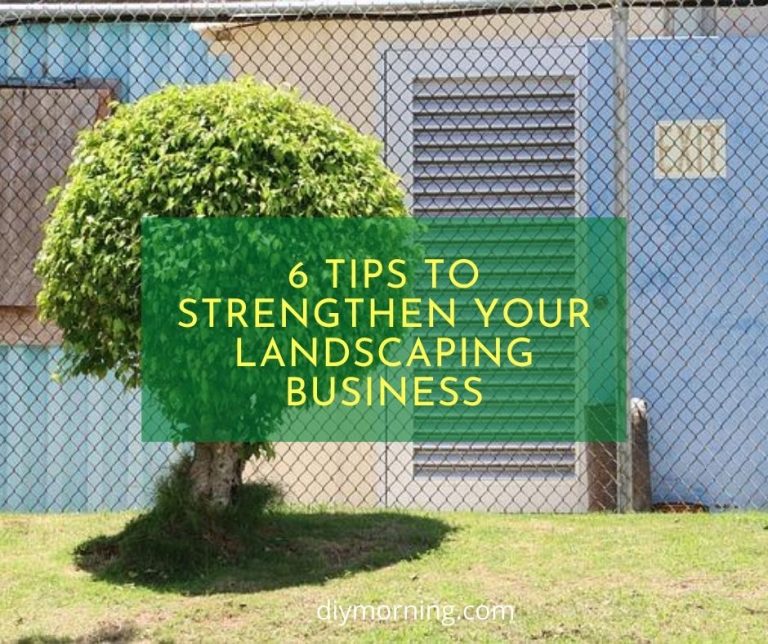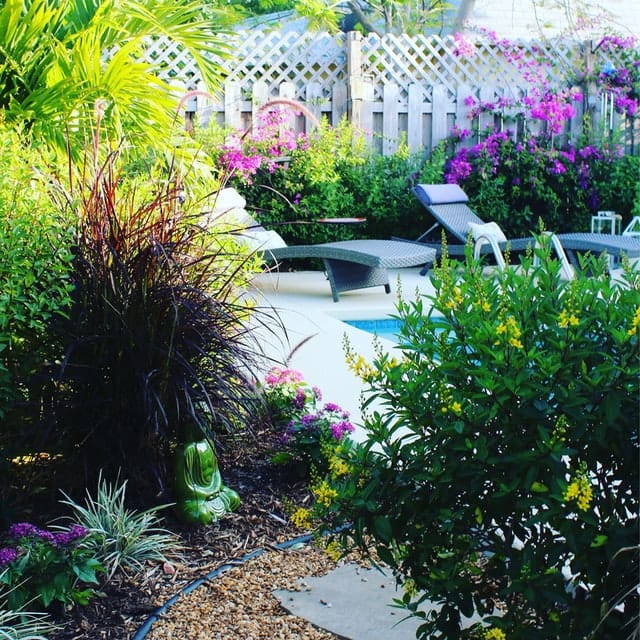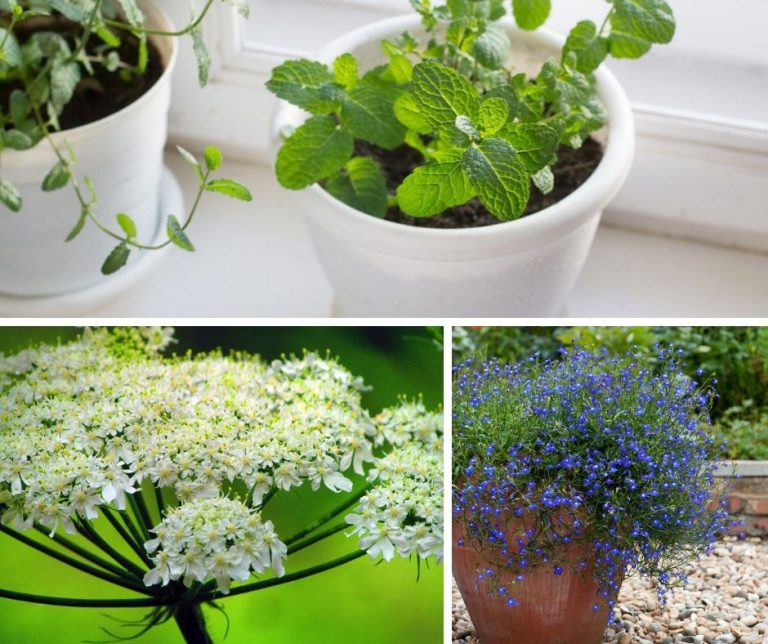How To Fit A Small Greenhouse Into A Small Backyard
A small space should not be in the way for you to enjoy raising vegetables, flowers, and other types of plants all year round. Greenhouses only need to be large enough to house your plants to protect them from pests, animals, and harsh weather. What makes a greenhouse large starts with the planning process and considerations like how many plants you want to house in it and more.
Some would also like surfaces for sitting and potting, vents, water source, heat, and electricity. The cost also hikes up if you want to maintain water and electricity. In reality, you can do without the extras. It would be best if you had a greenhouse that your small yard can accommodate.
Table of Contents
How Small Is Small?
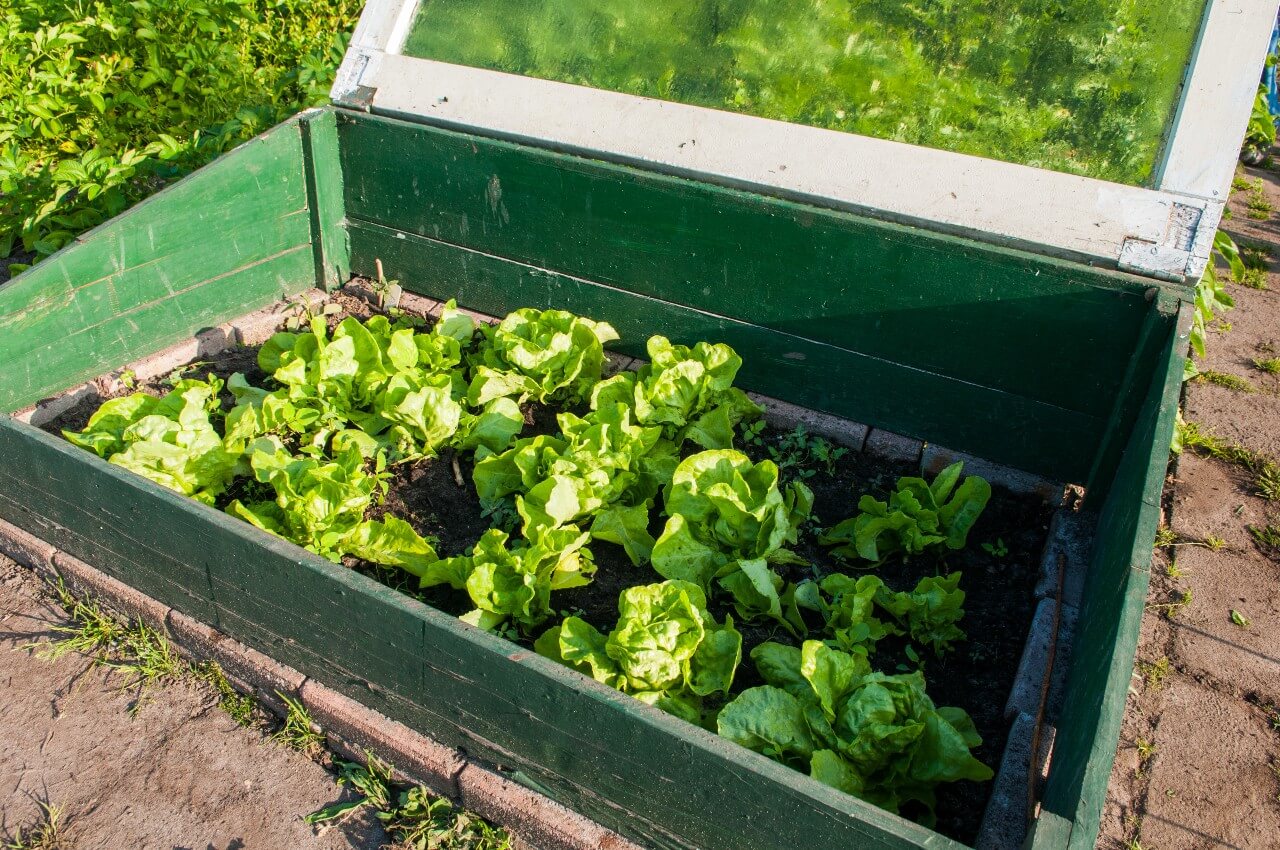
Greenhouses can be as large or as small as they need to be. Small greenhouses like those at South West Greenhouses can be tall or short, but occupying less than 10 square feet of ground space.
You can build your mini greenhouse instead of using cold frames that tend to be larger. This way, you get the size that you want.
Mini-greenhouses can house seedlings and don’t require a large infrastructure to house them. If you only place seedbeds inside it, it could just be as big as a small box with enough length for sprouts to grow into and covered with a clear plastic sheet. You can also include shelving for bigger plants.
Finding The Right Size
When you have limited space yet want a greenhouse, here are some factors to consider and steps you can take:
1. Assess your backyard and determine the area where the sun shines on the most.
Usually, the sun is shining on the south or southeast side of the yard during the winter. Your next options will be east, west, or southwest if the first option is not available. The north side would be the last resort, as long as you can get some sun for your plants.
The location where the sun shines, light intensity, shading, and climate will tell you more about the type of greenhouse you should erect. Also, see if the land is level enough for water to drain well from the outside.
2. Decide what kind of plants you want to raise that would be appropriate for your available space.
You can plant herbs or medicinal plants, flowers, succulents, and more. Low growing vegetables and flowering plants may be suitable to start seeding. The height of the greenhouse may depend if you want to fit in there, too. You’ll have to see if you can fit and move around without hurting the plants.
3. To determine the size of the greenhouse you want, you’ll need to identify how much workspace you need and where to store tools and equipment for starting seedlings. It will also help you calculate the cost of building the mini greenhouse.
4. Measure how much width and height your space will allow for a greenhouse. Use a measuring tape on the sunny spot in your yard.
5. Decide if you’re going to buy a ready-made greenhouse or make it yourself. Greenhouse kits are available in the market. You may find one in dimensions that will fit into your yard. If you want to go DIY, start preparing the materials you’ll need for building your mini-greenhouse.
Types of Mini Greenhouse That Will Fit Small Backyards
There are many types of mini-greenhouses that you can choose to buy or create yourself. Depending on the backyard’s size, you may be able to find several options that fit small spaces and your budget, whether you get a kit or go DIY.
1. Mini Plastic Greenhouses

You may find this type of mini greenhouse usually measuring only about 4ft by width and 2ft by length. Its framing is made of plastic, and a transparent plastic sheet covers the framing. The design may be similar to a box-type. It has two flaps that you can open and tie up to the roof to allow some sunlight and airflow.
2. Mini Starter Greenhouses
Mini starter greenhouses are like the mini plastic greenhouses. These have a tent-like structure that can house 16 nursery flats. Made of polyethylene material and a mesh flap, these offer protection from pests and small animals. The flap also makes it easy to access the plants.
3. Lean-To Greenhouses
Also known as a wall greenhouse, these greenhouses make use of the house’s southeast or east wall. It’s perfect if you have a bare wall where the sun shines on. There are lean-to greenhouse kits that you can buy. You can also choose to use salvaged materials or a combination of old and new such as used wood, PVC pipes, mesh netting, or old glass windows to let the sunlight in.
4. Aluminum Greenhouses
Aluminum greenhouses come in small and large sizes. They are standalone structures that can measure starting at 4ft x 4ft with see-through covers, typically made of glass. They are also lightweight, rust-proof, and rot-proof. If you know your yard’s dimensions, you can choose from the available sizes that will fit your space.
5. Dwarf Wall Greenhouses
A dwarf wall greenhouse is built upon an existing low brick wall. The smallest can measure up to 5 feet wide and 6 feet long. The covering is typically of glass. As a standalone, the frame is either made of aluminum or wood. These greenhouses were popular during the Victorian Era.
6. Wooden Greenhouses
If you have carpentry skills, it would be sensible to build a wooden greenhouse even as small as 4 feet wide and 4 feet long. It’s a great option for those who like the aesthetic value of wood grain. It’s also eco-friendly, and you can easily match the look of the greenhouse to your home.
7. Repurposed Cabinet Greenhouses
Got an old cabinet that you’re not using anymore? Or perhaps you can get one from a second-hand shop? You can spruce it up and turn it into a greenhouse! Cabinets with intact glass doors allow easy access, and sunlight can go through. You can place it indoors and outdoors. It’s great for showcasing your best plants.
In Conclusion
Greenhouses come in different sizes and shapes. The appeal of keeping plants both as a hobby and for consumption is prompting homeowners to be creative in the space they have. Those who want to get closer to nature by planting have many options and roads to take when creating a mini greenhouse for their small backyard. All it takes is careful planning and weighing options to get a greenhouse that will suit their needs.

